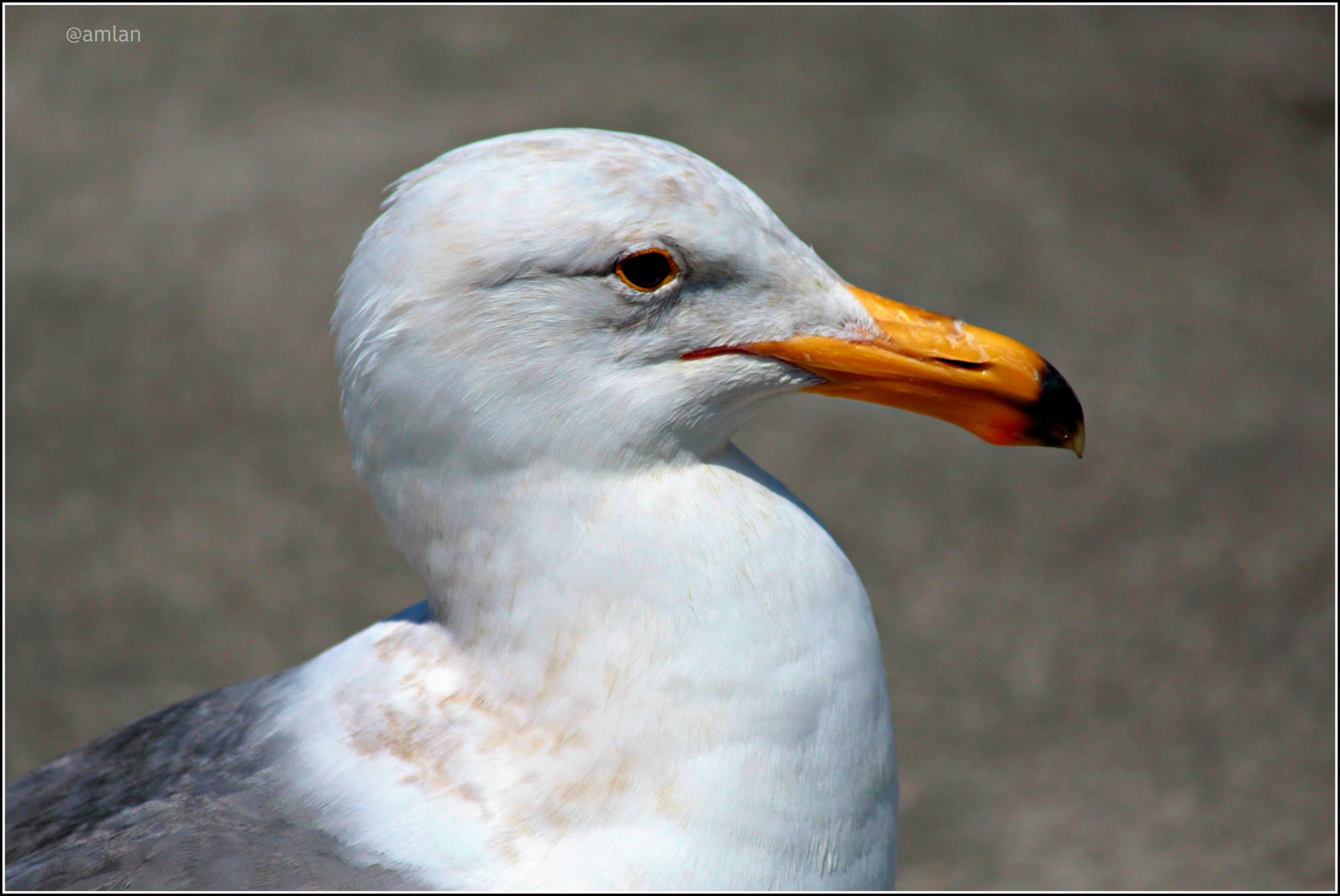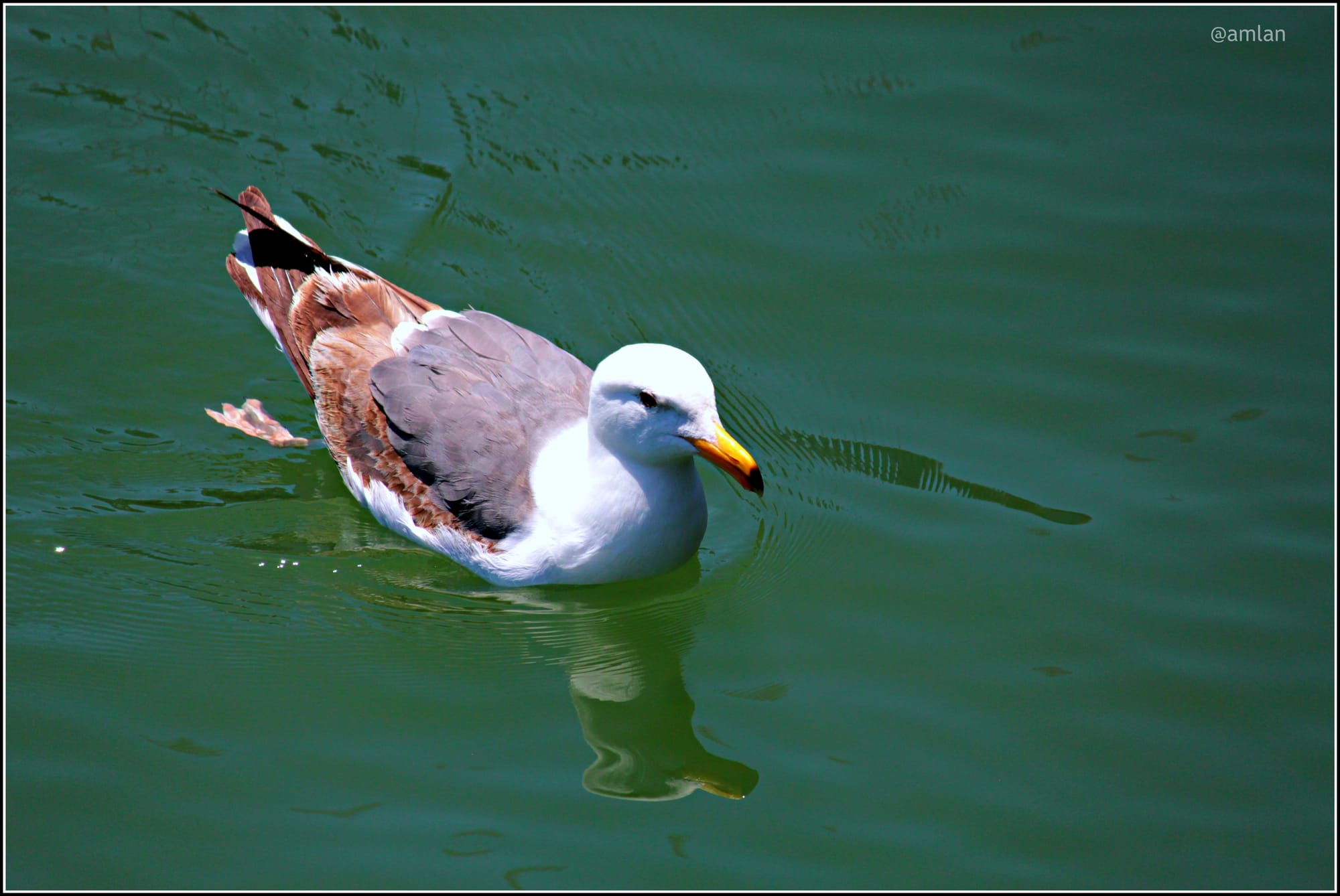THE SEA GULL

SEAGULLS.........PHOTOGRAPHED AT SAN FRANSISCO BAY.
Seagulls are very clever. They learn, remember and even pass on behaviours, such as stamping their feet in a group to imitate rainfall and trick earthworms to come to the surface.
Seagulls’ intelligence is clearly demonstrated by a range of different feeding behaviours, such as dropping hard-shelled molluscs onto rocks so that they break open so they can eat them, and following ploughs in fields where they know upturned grubs and other food sources will be plentiful.
Seagulls are attentive and caring parents. The male and female pair for life and they take turns incubating the eggs, and feeding and protecting the chicks.
Gulls have a complex and highly developed repertoire for communication which includes a range of vocalisations and body movements.
Seagulls can drink both fresh and salt water. Most animals are unable to do this, but seagulls have a special pair of glands right above their eyes which is specifically designed to flush the salt from their systems through openings in the bill.
There is a great deal of diversity between different gull species, with the smallest being the Little Gull (120 g and 29 cm) and the largest being the Great Black-beaked Gull (1.75 kg and 75 cm).
Young gulls form nursery flocks where they will play and learn vital skills for adulthood. Nursery flocks are watched over by a few adult males and these flocks will remain together until the birds are old enough to breed.
In Native American symbolism, the seagull represents a carefree attitude, versatility, and freedom.
Many seagulls have learned to conserve energy by hovering over bridges in order to absorb raising heat from paved roadways.
Seagulls are fondly remembered in Utah for helping Mormon settlers deal with a plague of crickets. The seagull is now the state bird of Utah and a monument in Salt Lake City commemorates the event, known as the ‘Miracle of the Gulls’.




